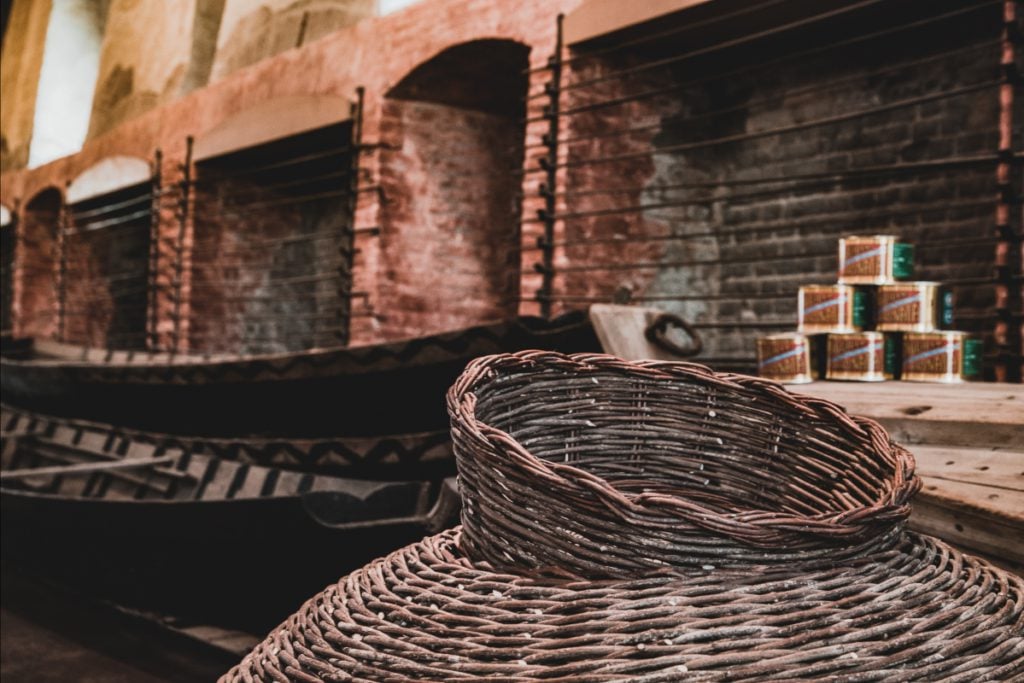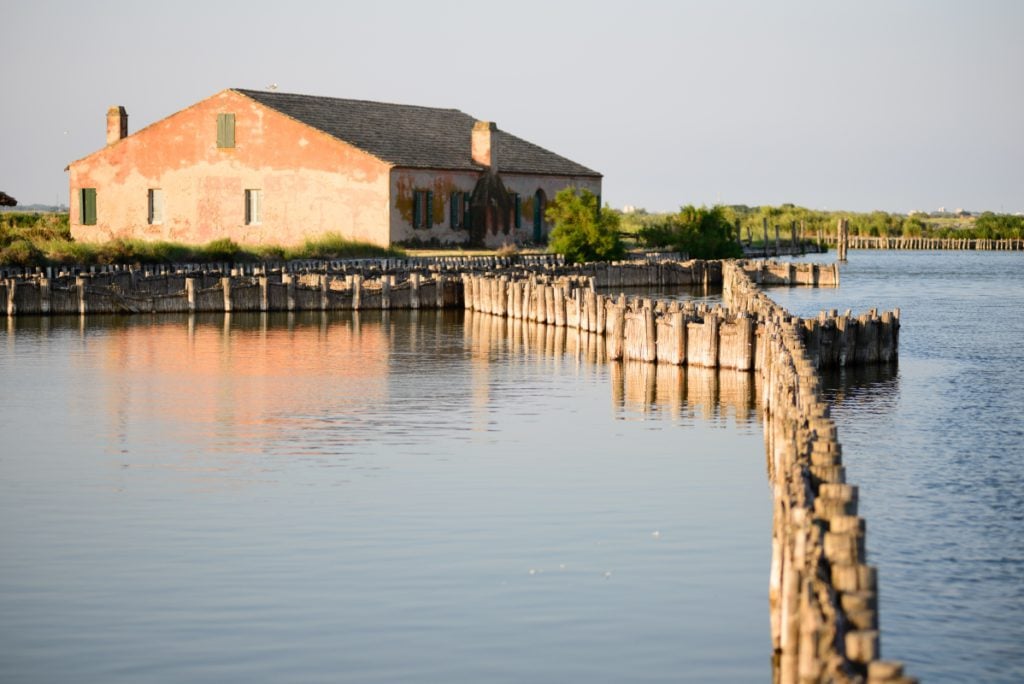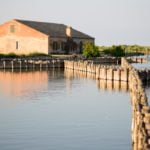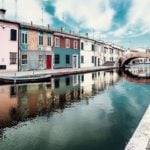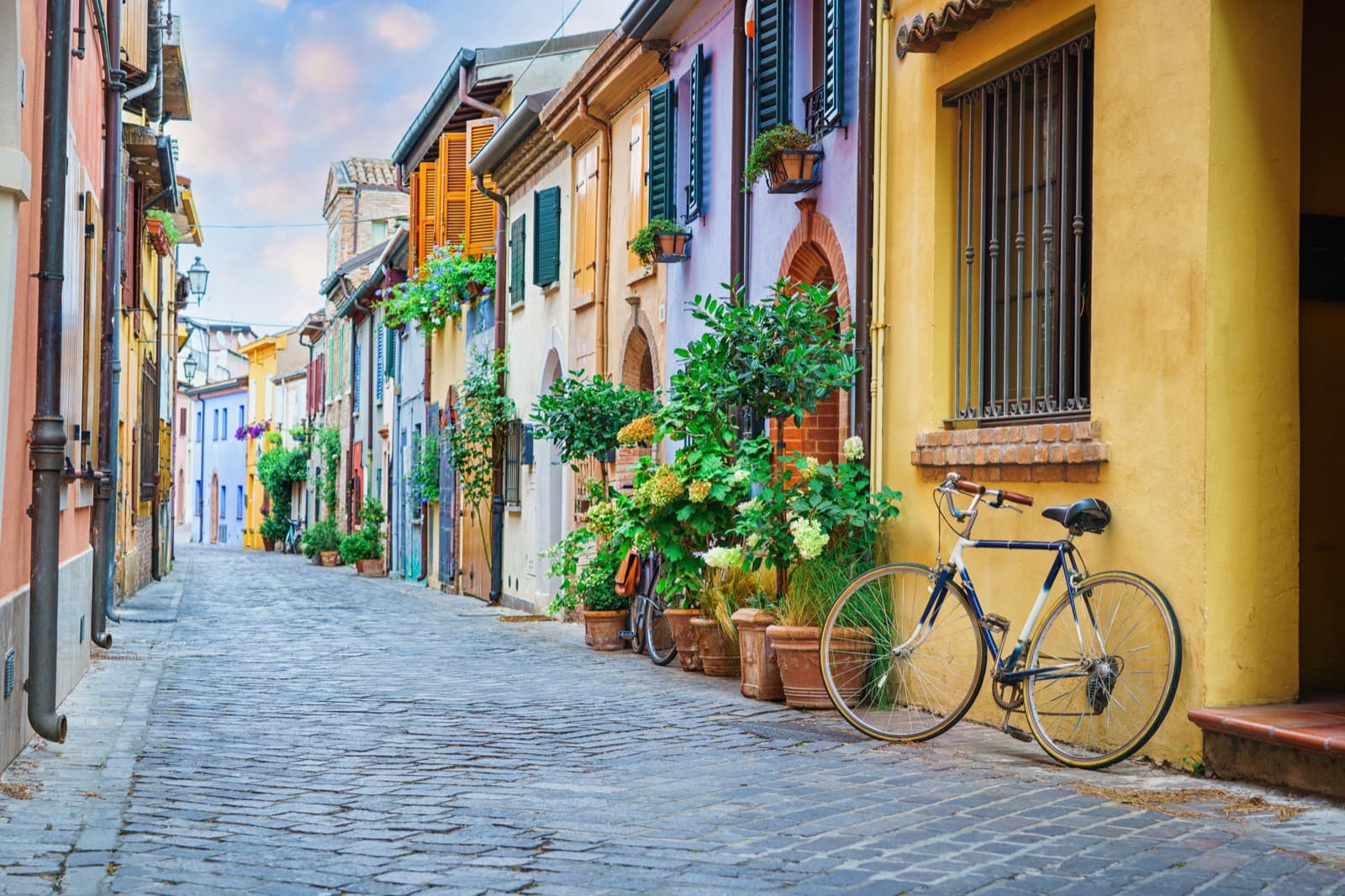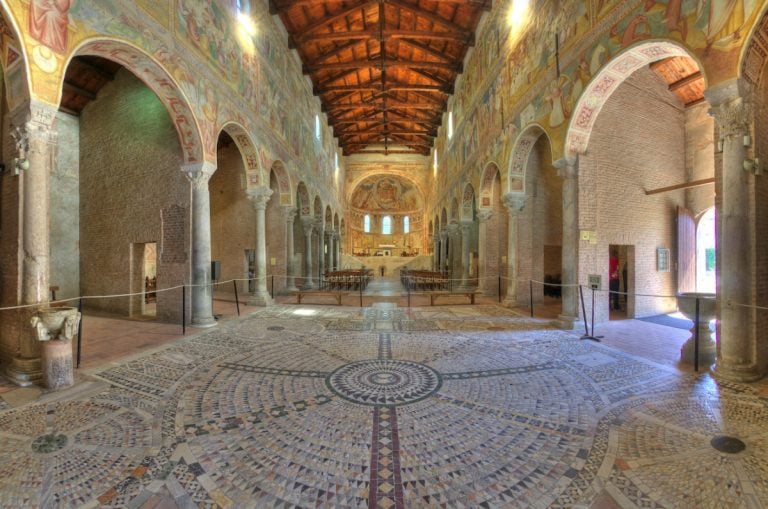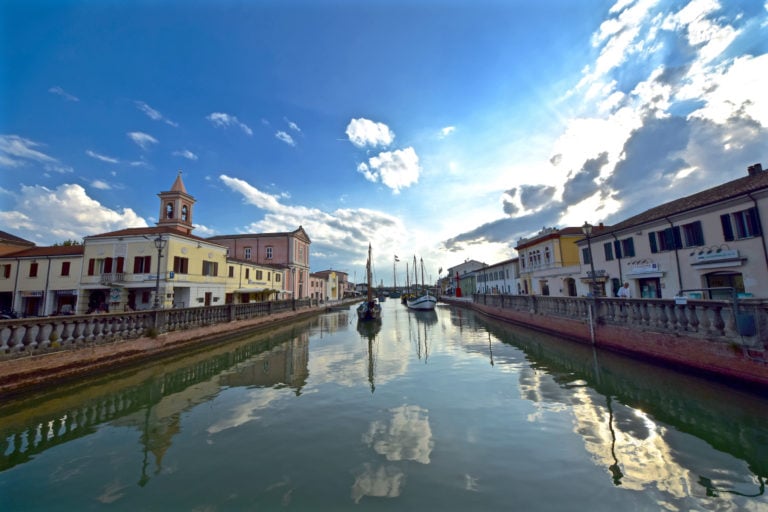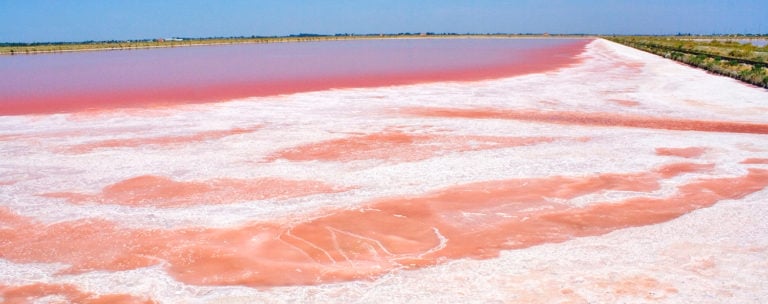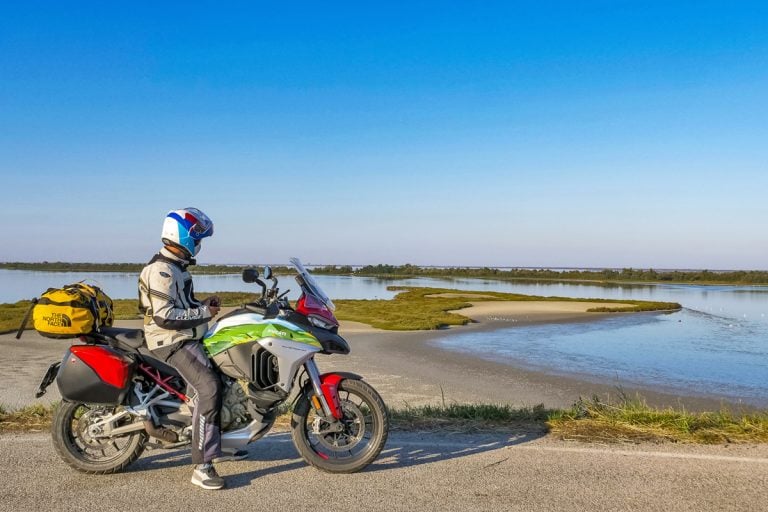Mid-season is the perfect time to enjoy the unspoiled nature of one of the most precious areas of our territory: the Po Delta Park.
Shared with the Veneto region, this natural reserve where water is the dominant element fascinates visitors for its tranquility and the variety of colors, plants, and animals present in it.
The Po Delta is part of UNESCO’s MAB (Man and Biosphere) program and, inside it, you can make a thousand different experiences; today we suggest 5 little known experiences that deserve absolutely to be tried – in addition to the birdwatching routes that allows admiring the many different species, including the rare pink flamingos!
Visit the Pickling Factory in Comacchio
The ancient Pickling Factory (Manifattura dei Marinati) in Comacchio is an important piece of local history, as it has revitalized and showcased the entire working cycle of eels.
Half factory and half museum, this place shows how it was (and still is) the processing of eel, not just a typical product of Comacchio’s tables, but in the past a real livelihood for many local families.
The eels were in fact fished in the brackish valleys that surround the city, through a capture system called lavoriero: a V-shaped construction consisting of poles and grids, in which the eels remained blocked during their movement from the valley to the sea for the reproduction; the lavorieri are still visible and can be visited with a boat excursion to the fishing lodges in the Comacchio Valleys.
The eels were then processed and stored according to a marinating process that remained unchanged over time, which is visible in some parts of the year even live in the Manifattura (info: 0533.81742 – manifatturadeimarinati@parcodeltapo.it).
At the end of the visit, a walk through the canals and bridges of Comacchio, perhaps stopping in one of the many fish restaurants, will be the delicious final touch.
Sail to the Island of Love
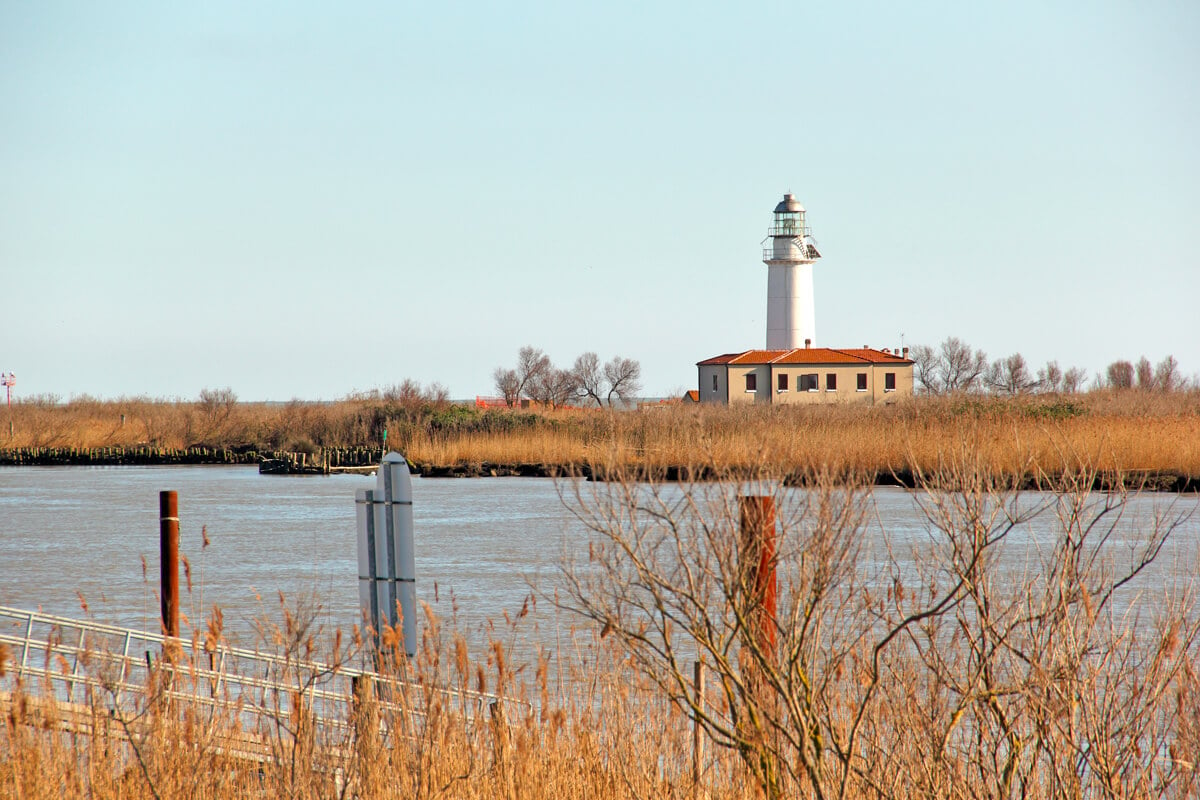
The Island of Love (Isola dell’Amore) is located in the Sacca di Goro area and is the last strip of land that separates the Po river from the sea. Here, in fact, stands the “old lantern”, the ancient lighthouse that signaled to the sailors the limit of the mouth.
It is said that its romantic name derives from the former habit of lovers to take refuge on its beaches to spend some loving time far from prying eyes.
The Island can be reached with a motorboat excursion departing from Porto Garibaldi, ancient fishing village and first seaside resort of Lidi di Comacchio.
Climb up the bell tower of Pomposa Abbey
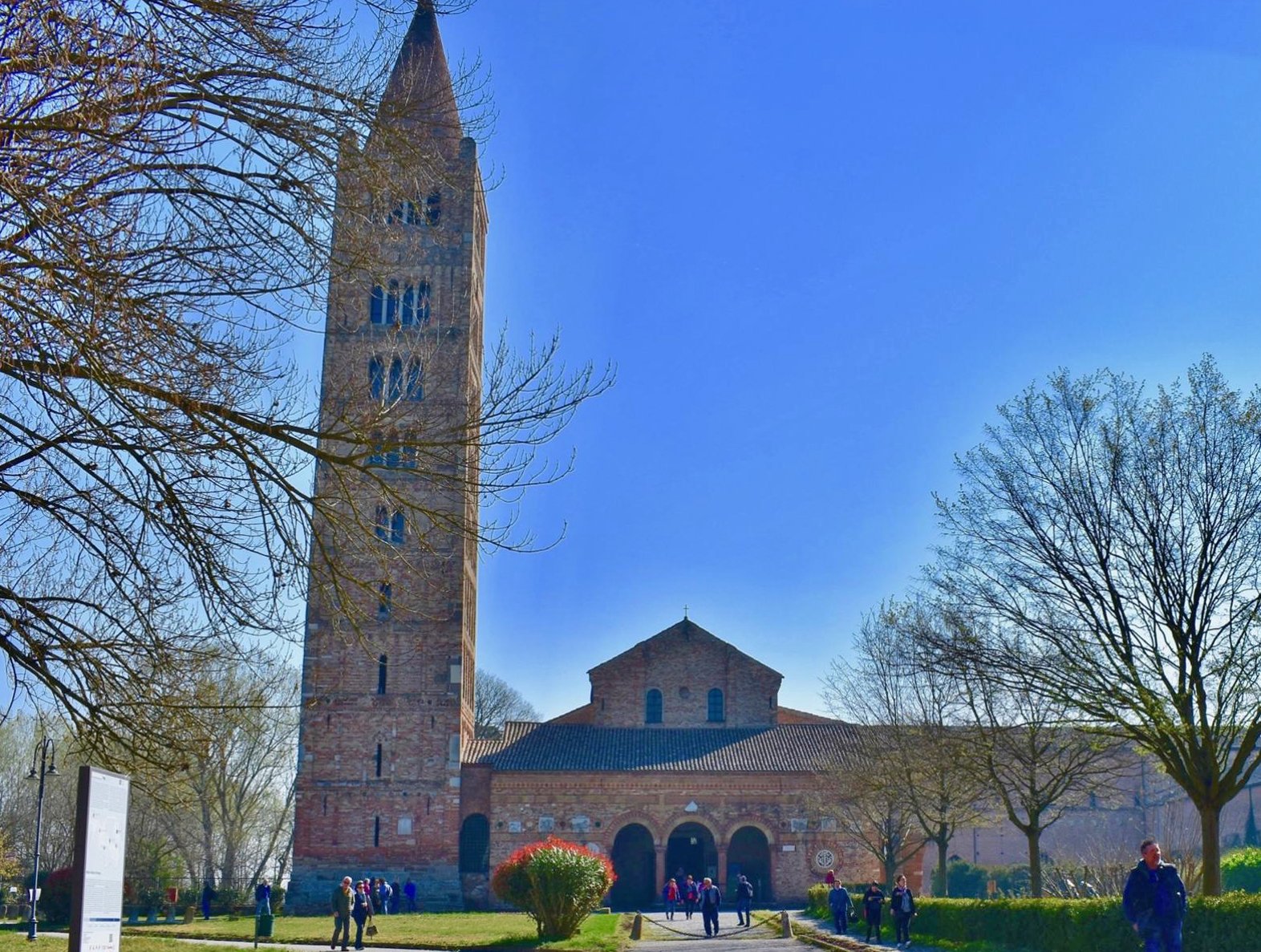
Entering the Ferrara inland of the Po Delta Park, not far from the Mesola Wood Reserve, the bell tower of the Pomposa Abbey raises on the flat plains surrounding.
It is a Benedictine center built around the VI-VII century on the previously Insula Pomposia, a wooded island surrounded by two branches of the Po and protected by the sea.
During its period of greatest splendor, after year 1000, the Pomposa Abbey became famous for having hosted among the numerous illustrious figures also Guido d’Arezzo, the monk who invented the musical writing based on the system of the seven notes.
The story tells that he made his discovery here, by noting the difficulty of the monks in learning and remembering the chants of the Gregorian tradition and the rhythm of music.
To climb to the top of the bell tower, with its 48 meters of height, is an experience that allows you to enjoy the panorama that opens up all around.
Not to be missed also the Basilica of Santa Maria which houses one of the most precious pictorial cycles of Giotto inspiration in the whole province of Ferrara, as well as a mosaic marble floor dated between the 6th and 12th centuries.
Walk through the Dante pine forest
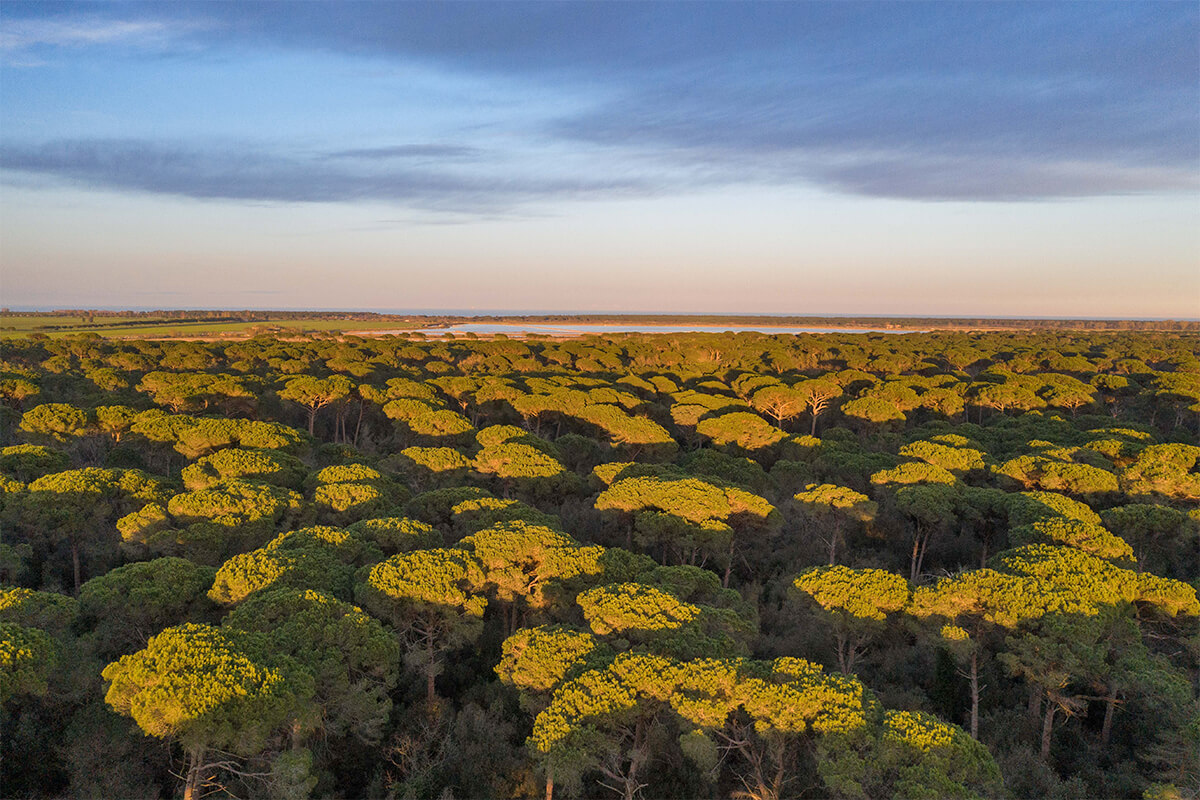
Perhaps not everyone knows that in the Pine forest di Classe it is possible to retrace the footsteps of Dante Alighieri.
It seems, in fact, according to the academics, that the Supreme Poet was inspired precisely by this pine forest to describe the “thick and living divine forest” mentioned in the XXVIII canto of the Divina Commedia.
The pinewood of Classe is located south of the city of Ravenna, in the area between Classe and Cervia and today it is about 900 hectares wide, even if at the times of the Master the wooded area was surely wider.
If you want to enter among this timeless vegetation, immersing yourself in the quiet contemplation of nature, just follow the circular route called “The oaks of Dante”.
The track of about 4 km is accessible on foot or by bike and starts from Parco 1° Maggio.
Discover the production of Salt in Cervia
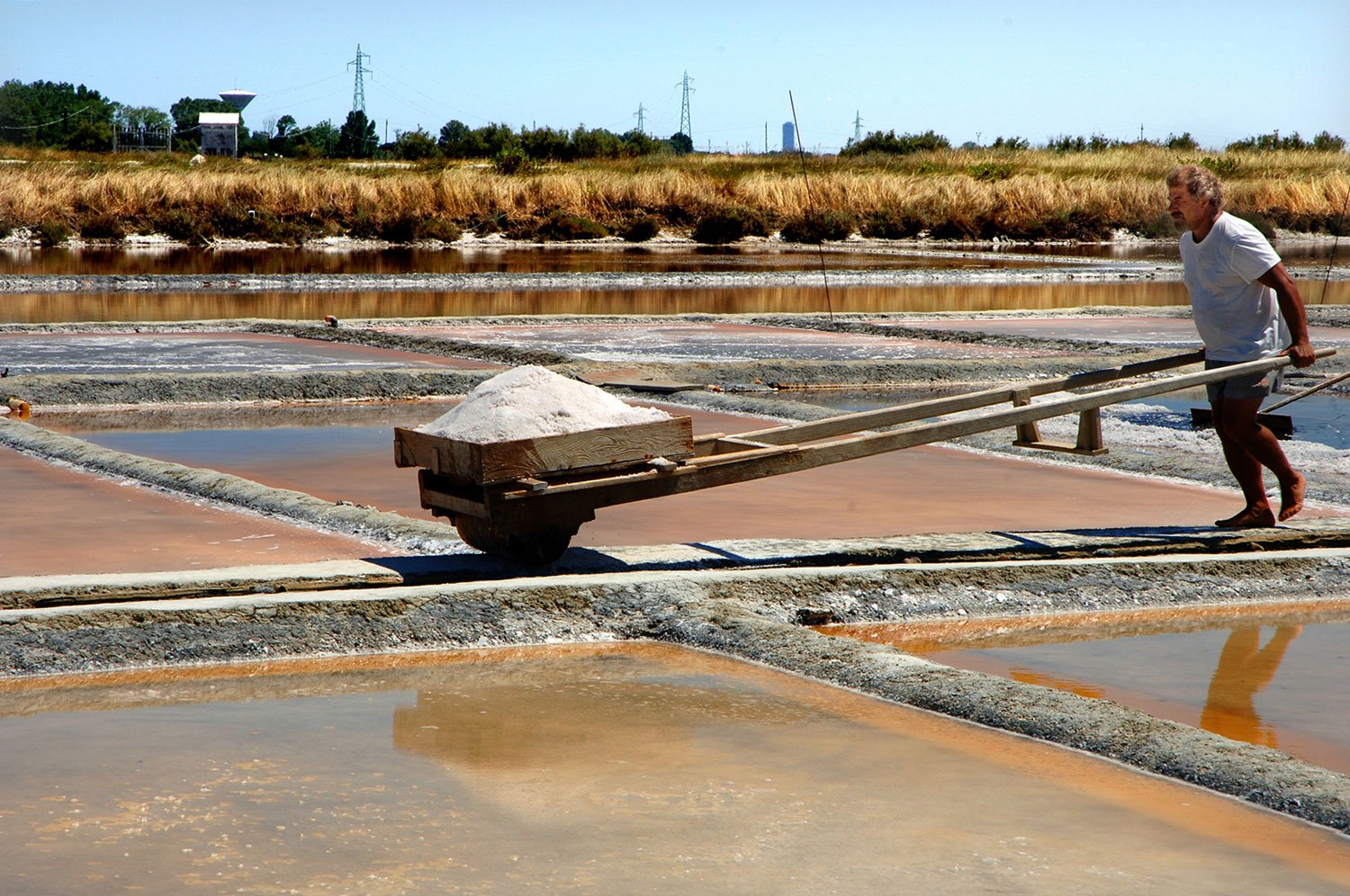
As it is well known, the lively seaside resort of Cervia has a land of water behind it, the last outlet south of the Po Delta, which has always voted the area to the production of salt.
Not an ordinary salt, however: the Salt of Cervia is defined “sweet” because the geographical position together with the traditional processing method produce a very pure sodium chloride, with a low, almost non-existent, presence of other more bitter chlorides.
The Salt of Cervia is produced in this way: from a tributary canal the sea water enters into the saltpan, where evaporate to obtain the salt.
Salt is then collected in an artisanal way, just as it was in the past, but with the help of a conveyor belt and a carriage, a sort of train.
The use of these machines dates back to 1959, except in the Salina Camillone, the living section of the MUSA, Salt Museum, where the harvest is still done completely manually.
Once collected, the salt is exclusively washed with mother water and then left to dry in the barnyard. Since it is not artificially dryed it or chemically bleached, the salt maintains the moisture that comes from its path in the tanks, and also its typical color, which has shades of pink and gray.
The actual salt harvesting period takes place in the end of the summer, between the end of August and the beginning of September, but a visit to the Salina di Cervia is fascinating in every season.
To be dazzled by the atmosphere that here is created and, why not, hope to spot some flamingos in the colony that here has found its ideal habitat.
At the end of the day, don’t miss the opportunity to enjoy the sunset on the waters of the Delta: they light up with a thousand reflections and fill the eyes and the heart of love for nature and beauty.

Author
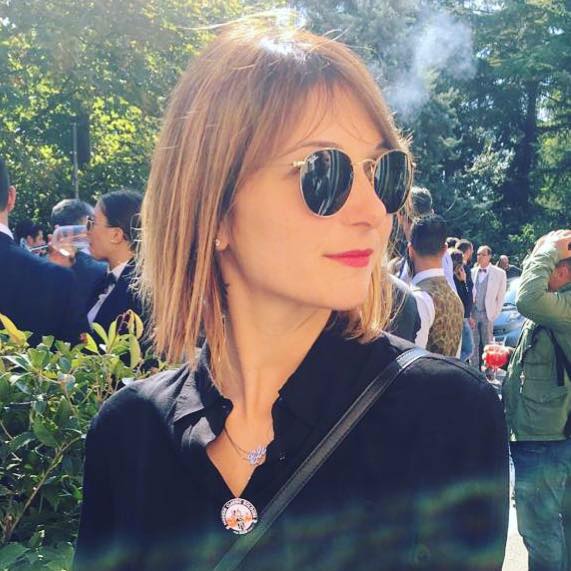
Elisa Mazzini
Social Media Manager for @inEmiliaRomagna and full-time mom.
You may also like
by Elisa Mazzini ///
by Elisa Mazzini ///
The abbey of Pomposa between history and legend
by Davide Marino /// December 13, 2019

Interested in our newsletter?
Every first of the month, an email (in Italian) with selected contents and upcoming events.
The Coastal Towns of Emilia-Romagna
by Walter Manni /// July 27, 2018
